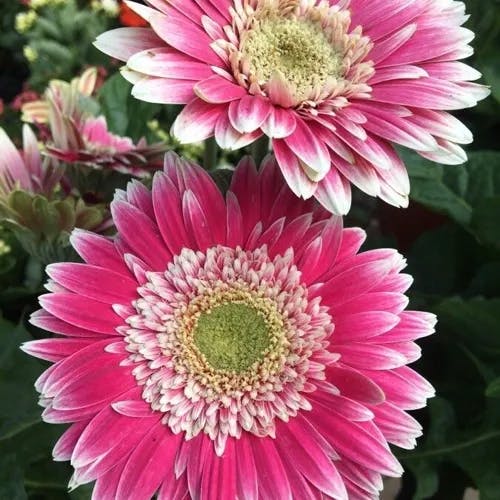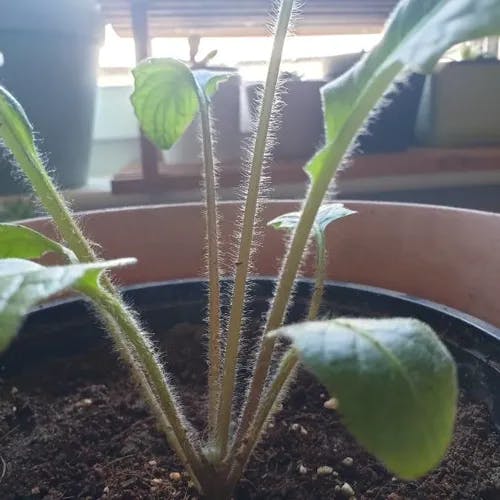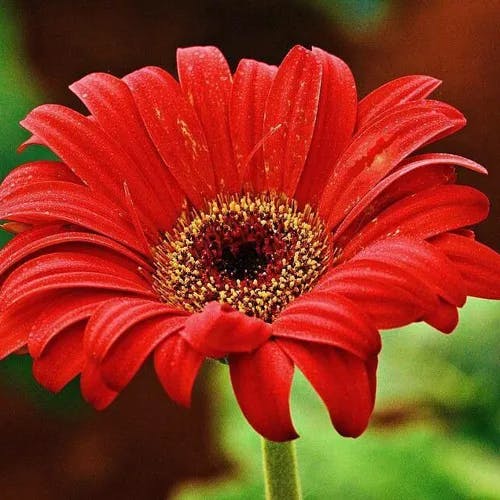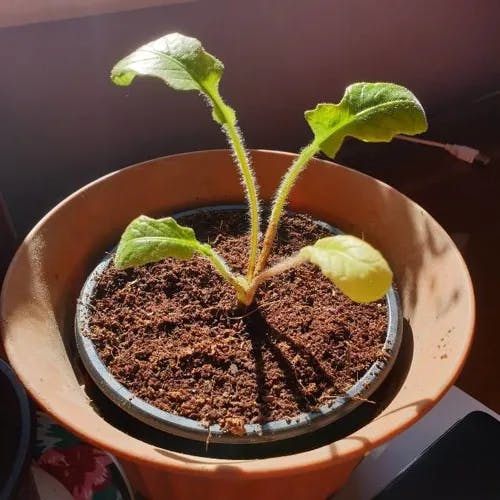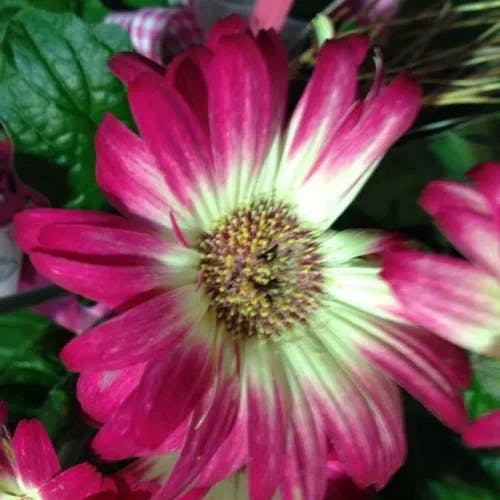The perennial plant known scientifically as Gerbera jamesonii is indigenous to the Barberton region of South Africa. This flowering herb, which is a member of the Asteraceae family, is an internationally popular ornamental because of its large, vividly colored blooms that grow in various hues including pink, yellow, salmon, orange, and white. This daisy-like flower, frequently called the Barberton daisy, typically has a diameter between 7 and 12 centimeters. Gerbera jamesonii is a low-growing plant, only reaching about 45 centimeters in height. It has a basal rosette of leaves, and each smooth stem produces a solitary flower head. While the achene fruit contains one seed, this species is primarily cultivated for its bright, cheerful blossoms rather than its dry fruit. In the language of flowers, Gerbera symbolizes purity, innocence, and joy. Through selective breeding, many cultivars have been developed, such as 'Desert Sands,' 'Festival Salmon,' and 'Royal Prince,' which differ in flower coloration and form. Although relatively easy to grow in suitable conditions, Gerbera jamesonii requires well-drained soil, abundant sunlight, and regular irrigation. It is prone to certain diseases and pests like powdery mildew and aphids. Overall, this delightful plant brightens gardens and flower arrangements with its vibrant blossoms in pink, orange, yellow, white, and salmon hues.
0
0
